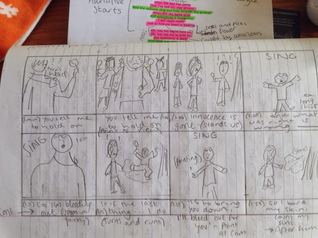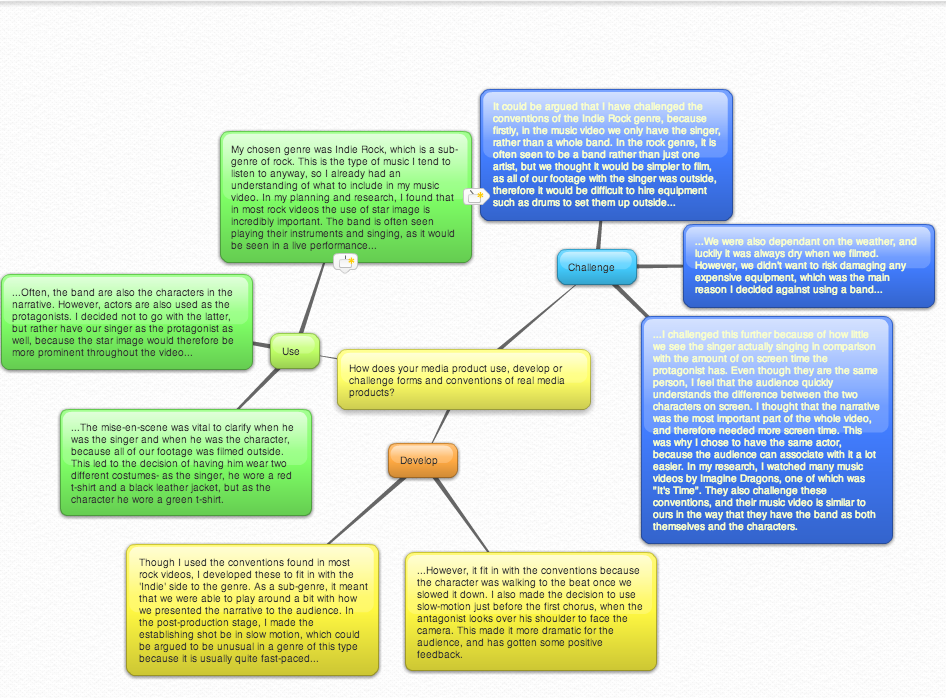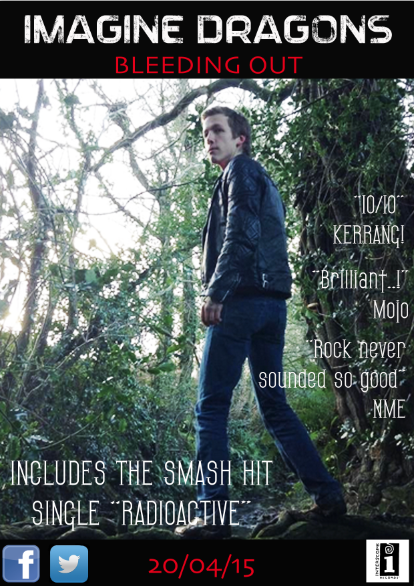As the editor, I have been in charge of the majority of the post-production areas in the music video. One of the most important parts to think about was the lip syncing, which proved to be more difficult than I initially thought. When we were filming on location, we played the track and had our actor singing along to it, but when it came to editing the individual clip in time
 |
| Editing the Dream Scene- using effects on Premier Pro |
Time management and organisation has been an integral part of this process. We did this by making a filming schedule for the days we wanted to film, and then I made a Facebook page to tell our extras when and where they would be needed. This helped me stay on track with what we had filmed, and what still needed to be done. Although I did these things to keep myself organised, getting enough people as extras to help us film became one of the most difficult parts of the whole process, as there were days when no one turned up. The main thing I learnt from this is that people can be unreliable, and that when in these situations, you have to use your initiative rather than wasting more time.
My initial storyboard has changed dramatically in comparison to the final video. I realized this when editing the clips together, as we had too much footage. This came as a bit of a shock after all the trouble to get everyone available to film. I therefore had to cut out a number of clips and be ruthless in doing this, because otherwise it wouldn't fit. I also had to make sure the narrative still made sense, so I had to cut out enough clips for it to be in time with the music, but to make sure the story was still there, and that it made sense. We were able to understand this from audience feedback, who said that they understood what was going on.
 |
| Our initial storyboard- one of the opening scenes |
I have used this particular storyboard frame as an example of how our music video changed. It was this scene that had too many clips in the final video, so the way I edited it made the video different to our initial storyboard. This was another thing I learnt, because I hadn't realized how much I may have to stray away from the storyboard- even though this was something I anticipated. I also had to use my creativity, because during the post-production, I didn't have something to go off to know in what exact order to put the clips. On a positive note, it allowed me to experiment with the footage we had to see what would make it look as good as possible.
In my AS coursework, I didn't quite comprehend the importance of audience feedback in media studies. However, this year it has been incredibly important as our music video has a strong, yet complicated narrative, so we had to know if it made sense to our audience or not. Since our narrative didn't quite adhere to the typical Indie Rock genre, we needed to see if people liked our idea and if it made sense to them.
-Janet












